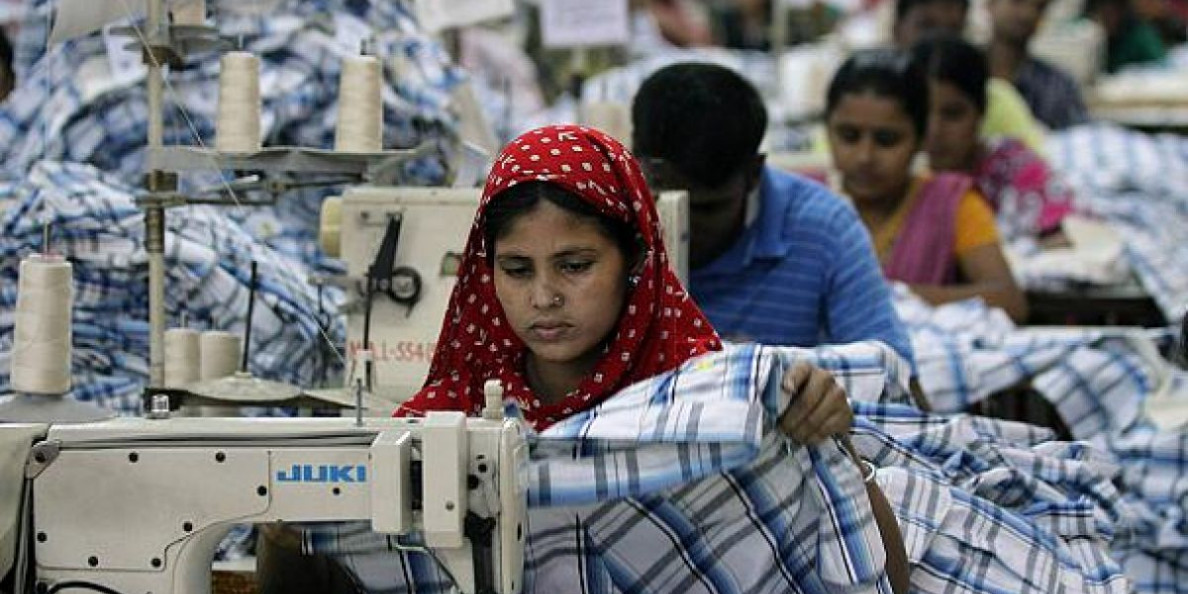On the morning of April 24, 2013, workers in Dhaka, Bangladesh, didn’t want to go back into their factories, housed in an eight-story building. Cracks had started showing a day earlier in the walls of the building, but their bosses insisted they go to work.
Later that morning, the rumbling vibration of the building’s massive generators, turned on after a power cut, brought the Rana Plaza building tumbling down. It was one of the worst factory disasters the world has ever seen. More than 1,100 workers lost their lives, and more than twice as many were injured.
Afterwards, dozens of brands that relied on Bangladesh—the world’s second-largest clothing manufacturer after China—many of them European, banded together to create an unprecedented safety initiative. The Accord on Fire and Building Safety in Bangladesh would work with the government to inspect factories and ensure fixes were carried out. (Most of the largest American retailers declined to sign on due to some of the Accord’s more stringent provisions, and instead formed a different initiative.)
Now, more than 2,000 factories that work with global brands have been inspected and many repaired. Some 1,600 of those were covered under the Accord, which eventually counted on some 200 members, and paid for a staff of engineers. But at the same time as this safety effort was underway, a pernicious trend, also driven by brands, continued.
A study by Mark Anner (pdf), director of Penn State University’s Center for Global Workers’ Rights, found ahead of the fifth anniversary of the disaster that brands are generally paying less for garments today than they did before the Rana Plaza disaster. For example, the price of cotton boys’ and men’s trousers going from Bangladesh to the US—its biggest garment import from the country—fell 13% in the years since the disaster. In the same period, the price paid for t-shirts exported to the European Union, Bangladesh’s top garment export to that region, fell about 5%. (The US accounts for about 18% of Bangladesh’s clothing exports, while nearly two-thirds go to Europe.)
That happened even as cotton prices went up more than 20% between 2015 and 2017, Anner notes, and can’t be explained by currency fluctuations. Unsurprisingly, wages haven’t increased after the government raised the minimum wage by more than 70% in the year of the disaster. In 2016, strikes for better wages led to workers being arrested and fired.

The price drop over the last five years underscores the dynamics at play in the global garment supply chain. As clothing sales have become increasingly concentrated in the hands of massive multinational retailers who place gigantic orders, the buyer’s power—and ability to get cents shaved off the cost of an item of clothing—has become increasingly concentrated too.
The Rana Plaza disaster drew attention to the power of brands—both for harm and for good. The Accord was in many ways a landmark effort—for the fact that it was legally binding, the sheer number of brands involved, and that labor unions were part of it. Under the Accord’s arbitration mechanism, administered in the Netherlands, unions secured a $2.3 million settlement from an unnamed apparel retailer that failed to meet its obligations. Five years on, the physical safety of factory premises covered under the two initiatives is far better than it used to be, according to several studies, including Anner’s.
That very achievement underscores the power amassed by one end of the supply chain—an imbalance that is inherently dangerous to workers.
Previously, manufacturers saved costs by working out of spaces that weren’t purpose-built for that. After Rana Plaza, that may not happen as much. Instead, as price pressures continue, they’ll look to save from more “negotiable” costs, like wages or how often maintenance crucial to safety is carried out.
Πηγή: qz.com

